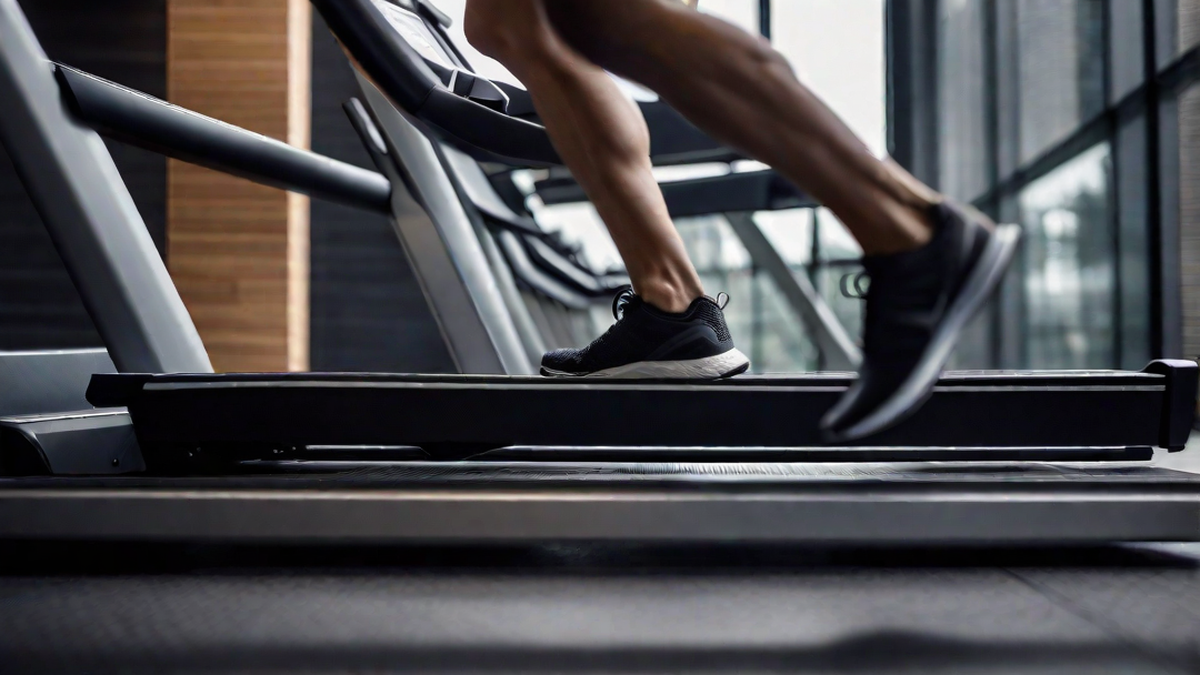As a running enthusiast, I often find myself exploring different ways to improve my performance and overall experience. Among the various options available, the debate between using manual treadmills for running often arises. Are manual treadmills truly good for running, or are they better suited for other forms of exercise? Let’s dive into the details and explore the benefits and drawbacks of running on a manual treadmill.
The Benefits of Running on a Manual Treadmill
First off, using a manual treadmill provides a more natural running experience. Unlike motorized treadmills, manual treadmills are powered solely by the user’s movements, promoting a more authentic running motion. This can lead to improved muscle engagement and a better simulation of outdoor running conditions.
Another advantage of manual treadmills is their lack of electricity requirement. This not only makes them more environmentally friendly, but it also allows for flexibility in placement since they don’t need to be near a power outlet. I find this particularly helpful when setting up a home gym or workout space where access to power may be limited.
The Drawbacks of Running on a Manual Treadmill
While manual treadmills offer some benefits, they also come with their challenges. One of the primary drawbacks is the lack of incline options. Many motorized treadmills come with adjustable incline settings to mimic outdoor running on hills. Manual treadmills, however, often have a fixed incline, which may limit the variety and intensity of the workout.
Additionally, the lack of built-in workout programs and tracking features can be a downside for those who enjoy monitoring their performance metrics. Some manual treadmills may not have the same level of technology integration as their motorized counterparts, making it harder to track speed, distance, and other important data.
Personal Experience and Recommendations
Personally, I have found manual treadmills to be a great addition to my training routine, especially for days when I want a more natural and engaging running experience. The absence of a motor encourages me to focus on my stride and form, leading to a more mindful workout.
However, I do recommend incorporating outdoor running and motorized treadmill sessions into your routine as well. Each form of running offers unique benefits, and variety is key to overall fitness and performance improvement.
Conclusion
In conclusion, the effectiveness of manual treadmills for running ultimately depends on personal preferences and fitness goals. While they provide a natural and electricity-free running experience, the lack of incline options and advanced features might be limiting for some individuals. As with any fitness equipment, it’s essential to consider your specific needs and objectives before making a decision. For me, the manual treadmill has earned its place in my training regimen, but it may not be the perfect fit for everyone.

